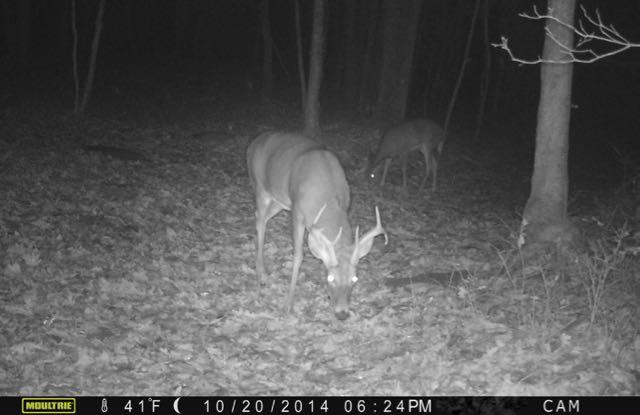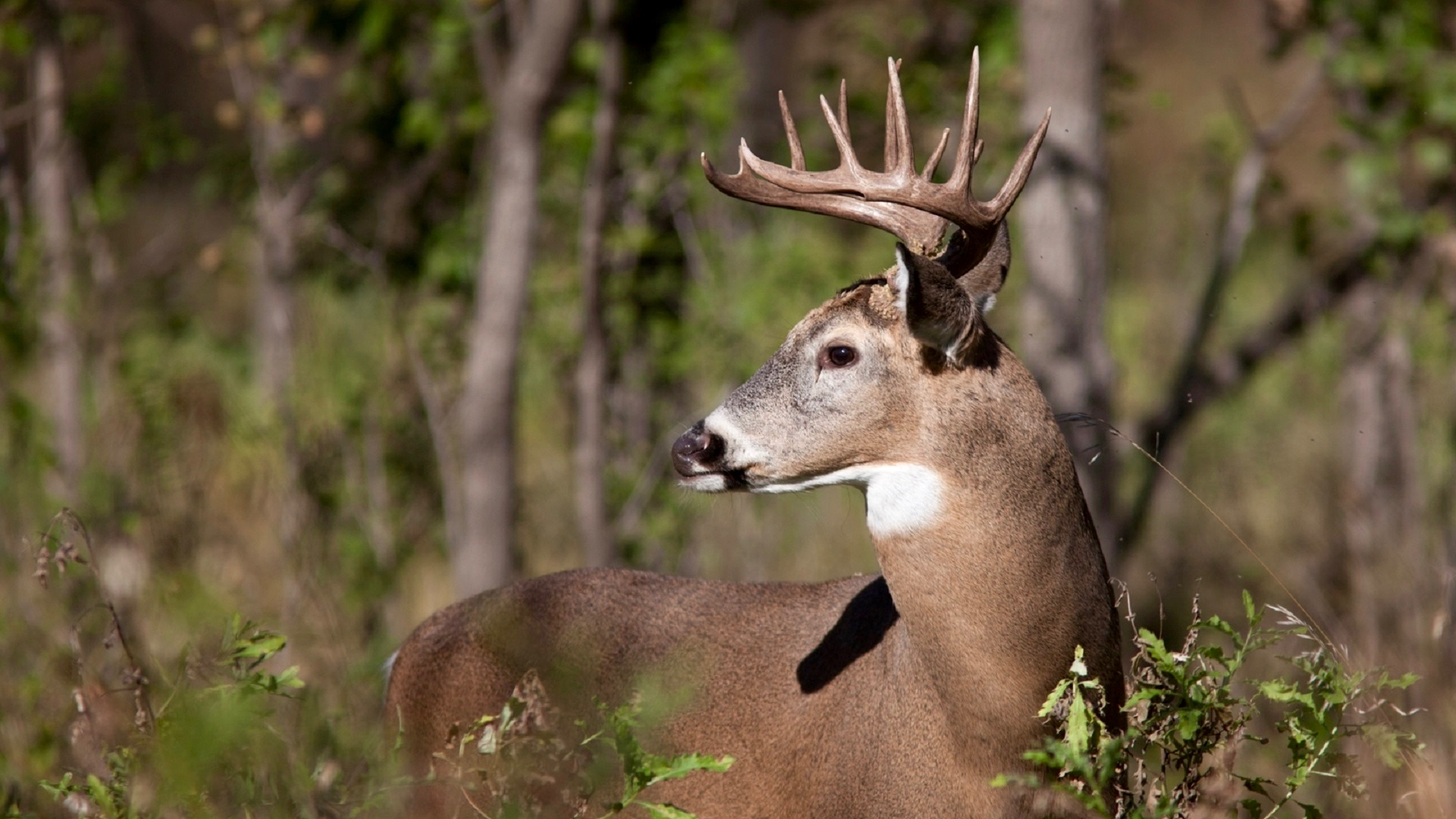Deer Detective: Follow These Tips to Sleuth Out Trophy Whitetails
Advertisement
#2 Surveillance Sites
Knowing where to place your trail cam is the trick to good results. And here I mean memory cards filled primarily with photos of deer—not raccoons. The best location for a trail cam is over an active buck scrape, as virtually all deer will stop to investigate one of these scent-laden communication hubs.
The bigger the scrape, the better, and ideally it’s tucked back in a staging area between the primary bedroom and main food source. Some preferred scrapes are visited and kept active year-round, so if you find one of these gems on a forest trail or in a hidden corner of a small, sheltered field, you’ve found a powerful deer magnet.
Advertisement
In lieu of finding a constantly active scrape, you can make your own in an isolated corner of a field edge where there’s already deer sign. Using pruning shears rather than your hands to avoid leaving scent behind, clip off an overhanging branch that’s about four feet above the ground. Then, use your scent-free rubber boots to uncover three square feet of soil beneath the freshly exposed tip of the branch.

Place your trail cam on the southern side of the scrape, about 15 feet away, so that it shoots away from the sun. This makes for the best photos, while keeping the camera out of the sun’s damaging rays all day long. Leave the cam in place for two weeks, and if no buck hits your scrape—it shouldn’t take that long in the fall—scout the area a second time in hopes of finding an actual active scrape. If you can’t find one, pick another location and create a second mock scrape. But by mid-October, you should be finding buck scrapes. If not, I recommend moving to another property.
I only use black infrared (no-glow) cameras because they don’t flash or emit a red glow from the LEDs at night, tipping off wary deer. If a mature buck spots a camera, he won’t leave the area, but he will avoid posing in front of it again. If he doesn’t know the camera is there, however, he’ll continue to pass in front of it in the days and weeks to follow, giving you confidence he’s still in the area.
Advertisement
Now that the improved batteries on trail cams can last several months or more, I leave some of my cameras out for year-round entertainment and scouting. I may as well have them collecting info instead of dust, after all. As for capturing images, I set my cameras to snap three photos then shoot video for 15 seconds, followed by a 30-second delay before the motion sensor triggers again.
Also consider e-cams or cellular trail cameras, which boast the cutting edge in reconnaissance by instantaneously texting photos to your smartphone. Yes, they are pricier and you’ll have to subscribe to a cell plan for unlimited texting, but you’ll save on time and fuel costs. Best of all, however, you’ll significantly reduce the odds of disturbing the area by not regularly visiting to check the memory card.

